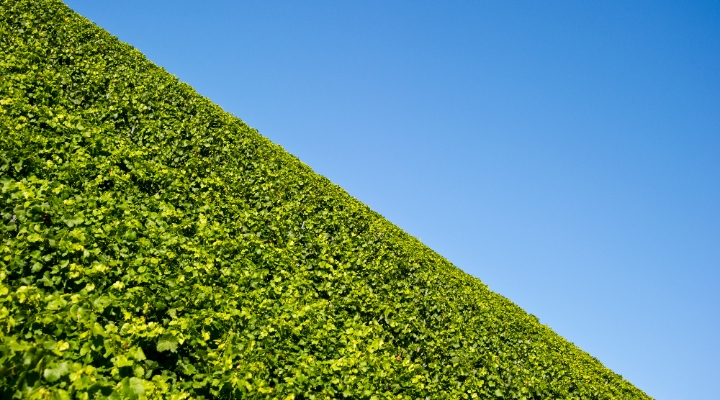
Investors increasingly want to invest more sustainably. In response to this growing demand, asset managers have launched a flurry of new offerings in the past couple of years. In 2019 alone, 360 new sustainable funds hit the shelves in Europe.
But launching new funds is not the only thing asset managers do to offer more choice to investors. Last year, we identified more than 250 funds in Europe that have been repurposed from traditional to sustainable. We estimate that this represents between 10 and 20% of the European sustainable fund universe.
One would be forgiven for assuming this is greenwashing rather than a true effort on the part of asset managers to tackle their own brown to green transition. So, we decided to look under the bonnet of some of these repurposed funds to gain a greater understanding of the process and rationale behind their transformation.
Why do Firms Rebrand Funds?
We spoke to three asset managers - BMO, Fidelity, and DWS - which have recently repurposed a number of funds. In some cases, asset managers have repurposed a fund purely for marketing purposes without changing the fund structure or investment philosophy. In other cases, the old fund is just used for logistical reasons to house a totally refreshed set of holdings.
The motivation behind repurposing seems to be driven by two factors: client demand and regulatory pressure. Fund managers have identified new distribution opportunities to keep pace with growing investor interest in sustainable alternatives. In addition, new regulation (known as Mifid II) requires fund managers to offer sustainable alternatives for clients who want one. Removal of controversial stocks from conventional portfolios seems to be the key first step in the repurposing process.
One example we identified was the BMO European Equity fund, renamed BMO Sustainable Opportunities European Equity in October 2019. Looking to increase its ESG offerings in Europe, BMO sought out funds that already, for the most part, fit the description of a sustainable fund. As a result few changes were made to the portfolio. Those that were made included removing Richemont, which owns Cartier and Montblanc; jewellery companies often incur supply chain ESG issues surrounding conflict minerals and precious metals. In addition, Richemont owns British gunmaker James Purley & Sons. Ryanair is another example of stock that was divested on governance grounds.
Other funds, however, underwent a complete makeover. This was certainly true for the Fidelity Funds Core Euro Bond fund, which was repurposed to Fidelity Sustainable Strategic Bond. Investment director Elisabeth Vishnevskaja says it was purely for logistical reasons that Fidelity kept the old wrapper for a brand-new product and this restructuring required a complete refresh of holdings. The new strategy targets all sectors through low carbon companies. It also includes bonds issued by companies deemed to be improving to capture the transitioning companies.
Also at Fidelity, we spoke to Cristina Donduic, investment director for the Fidelity Sustainable Eurozone Fund, previously Fidelity Funds European. In this case, the transformation came with a change of portfolio manager, and the removal of a number of energy and industrial stocks, including Airbus, BP and Royal Dutch Shell. The funds needs to be at least 70% invested in “companies that have strong sustainable characteristics, as measured by ratings for MSCI”.
DWS, meanwhile, counts 40% of its 28 sustainable funds as repurposed. These include the DWS Invest ESG Euro Bonds (Short) FC and the DWS ESG Investa LD Fund. Converting the latter into an ESG fund meant removing controversial stocks including an unspecified German pharmaceutical company. The decision for transforming these funds was driven largely by regulatory requirements, specifically Mifid II, as well as to avoid cannibalisation where there is an overlap between asset classes or strategies.
Investors shouldn't immediately dismiss repurposed funds. Either driven by client demand or regulatory developments, repurposing can be a route to "green" the investment universe without flooding the market with new products. Provided a rigorous and genuine effort on the part of the fund manager has been undertaken to repurpose the fund, it can be a viable option to access sustainable finance options.










:quality(80)/cloudfront-us-east-1.images.arcpublishing.com/morningstar/6BCTH5O2DVGYHBA4UDPCFNXA7M.png)

















